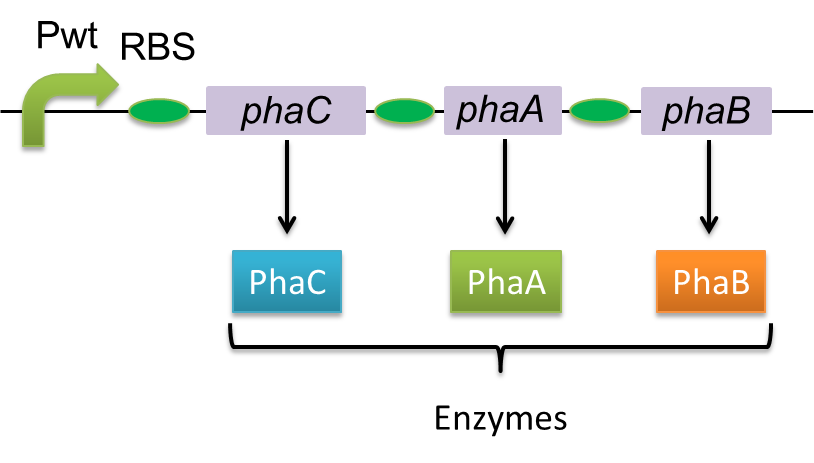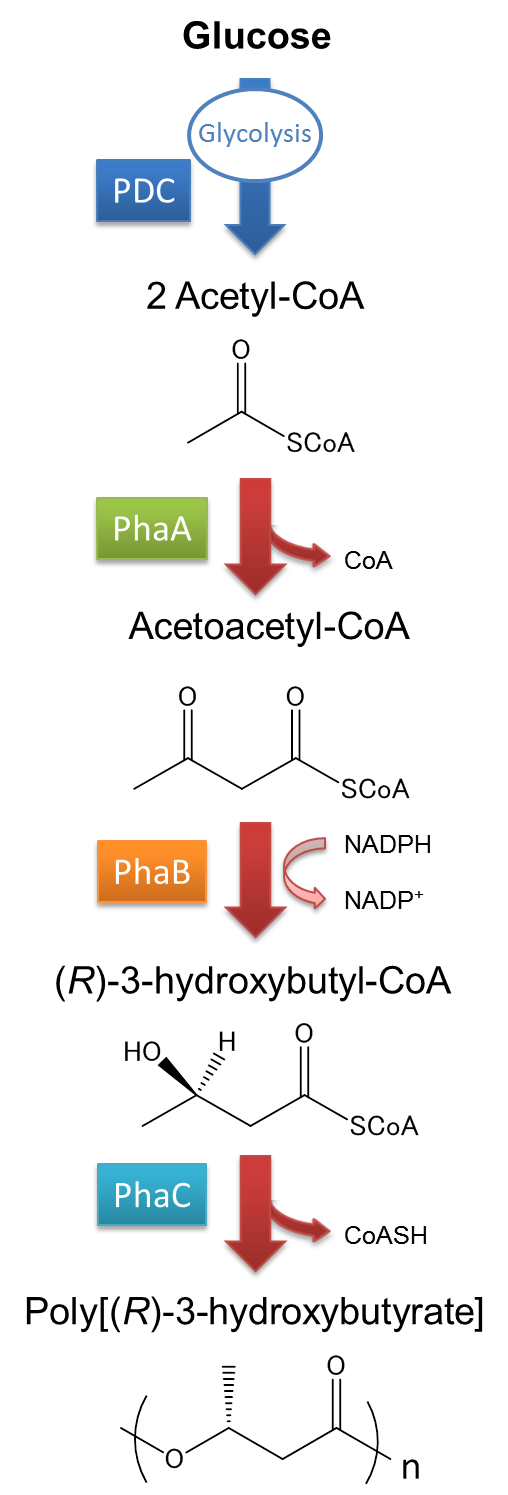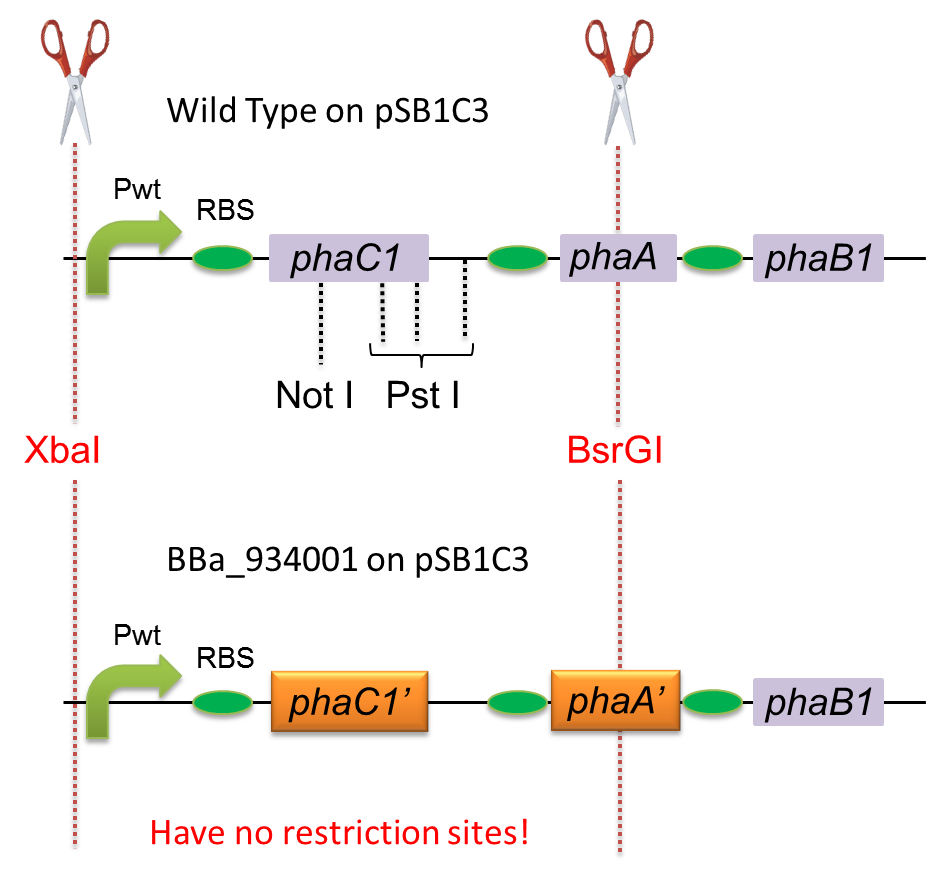Team:Tokyo Tech/Projects/PHAs/index.htm
From 2012.igem.org
(→Other teams) |
(→Other teams) |
||
| Line 38: | Line 38: | ||
function show(k) | function show(k) | ||
{ | { | ||
| - | elem = document.getElementById(' | + | elem = document.getElementById('iGEM10_Caltech'); |
elem.style.display = 'none'; | elem.style.display = 'none'; | ||
if(k==1){ | if(k==1){ | ||
elem.style.display = 'block'; | elem.style.display = 'block'; | ||
} | } | ||
| - | elem = document.getElementById(' | + | elem = document.getElementById('iGEM10_INSA-Lyon'); |
elem.style.display = 'none'; | elem.style.display = 'none'; | ||
if(k==2){ | if(k==2){ | ||
elem.style.display = 'block'; | elem.style.display = 'block'; | ||
} | } | ||
| - | elem = document.getElementById(' | + | elem = document.getElementById('iGEM09_Duke'); |
elem.style.display = 'none'; | elem.style.display = 'none'; | ||
if(k==3){ | if(k==3){ | ||
elem.style.display = 'block'; | elem.style.display = 'block'; | ||
} | } | ||
| - | elem = document.getElementById(' | + | elem = document.getElementById('iGEM08_Utah State'); |
elem.style.display = 'none'; | elem.style.display = 'none'; | ||
if(k==4){ | if(k==4){ | ||
elem.style.display = 'block'; | elem.style.display = 'block'; | ||
} | } | ||
| - | elem = document.getElementById(' | + | elem = document.getElementById('iGEM08_tsinghua'); |
elem.style.display = 'none'; | elem.style.display = 'none'; | ||
if(k==5){ | if(k==5){ | ||
elem.style.display = 'block'; | elem.style.display = 'block'; | ||
} | } | ||
| - | elem = document.getElementById(' | + | elem = document.getElementById('iGEM08_Hawaii'); |
elem.style.display = 'none'; | elem.style.display = 'none'; | ||
if(k==6){ | if(k==6){ | ||
elem.style.display = 'block'; | elem.style.display = 'block'; | ||
} | } | ||
| - | elem = document.getElementById(' | + | elem = document.getElementById('iGEM08_Virginia'); |
elem.style.display = 'none'; | elem.style.display = 'none'; | ||
if(k==7){ | if(k==7){ | ||
| Line 100: | Line 100: | ||
<table> | <table> | ||
| - | <tr><td><span id="student" onclick="show(1)"> | + | <tr><td><span id="student" onclick="show(1)">iGEM10_Caltech</span></td></tr> |
| - | <tr><td><span id="student" onclick="show(2)"> | + | <tr><td><span id="student" onclick="show(2)">iGEM10_INSA-Lyon</span></td></tr> |
| - | <tr><td><span id="student" onclick="show(3)"> | + | <tr><td><span id="student" onclick="show(3)">iGEM09_Duke</span></td></tr> |
| - | <tr><td><span id="student" onclick="show(4)"> | + | <tr><td><span id="student" onclick="show(4)">iGEM08_Utah State</span></td></tr> |
| - | <tr><td><span id="student" onclick="show(5)"> | + | <tr><td><span id="student" onclick="show(5)">iGEM08_tsinghua</span></td></tr> |
| - | <tr><td><span id="student" onclick="show(6)"> | + | <tr><td><span id="student" onclick="show(6)">iGEM08_Hawaii</span></td></tr> |
| - | <tr><td><span id="student" onclick="show(7)"> | + | <tr><td><span id="student" onclick="show(7)">iGEM08_Virginia</span></td></tr> |
</table> | </table> | ||
| Line 115: | Line 115: | ||
| - | <div id=" | + | <div id="iGEM10_Caltech" style="width:900px"> |
[https://2010.igem.org/Team:Caltech iGEM10_Caltech] | [https://2010.igem.org/Team:Caltech iGEM10_Caltech] | ||
{| class="wikitable" cellpadding="4" | {| class="wikitable" cellpadding="4" | ||
| Line 131: | Line 131: | ||
</div> | </div> | ||
| - | <div id=" | + | <div id="iGEM10_INSA-Lyon" style="display:none"> |
[https://2010.igem.org/Team:INSA-Lyon iGEM10_INSA-Lyon] | [https://2010.igem.org/Team:INSA-Lyon iGEM10_INSA-Lyon] | ||
{| class="wikitable" cellpadding="4" | {| class="wikitable" cellpadding="4" | ||
| Line 143: | Line 143: | ||
</div> | </div> | ||
| - | <div id=" | + | <div id="iGEM09_Duke" style="display:none"> |
[https://2009.igem.org/Team:Duke iGEM09_Duke] | [https://2009.igem.org/Team:Duke iGEM09_Duke] | ||
{| class="wikitable" cellpadding="4" | {| class="wikitable" cellpadding="4" | ||
| Line 155: | Line 155: | ||
</div> | </div> | ||
| - | <div id=" | + | <div id="iGEM08_Utah State" style="display:none"> |
[https://2008.igem.org/Team:Utah State iGEM08_Utah State] | [https://2008.igem.org/Team:Utah State iGEM08_Utah State] | ||
{| class="wikitable" cellpadding="4" | {| class="wikitable" cellpadding="4" | ||
| Line 170: | Line 170: | ||
|} | |} | ||
</div> | </div> | ||
| - | <div id=" | + | <div id="iGEM08_tsinghua" style="display:none"> |
[https://2008.igem.org/Team:tsinghua iGEM08_tsinghua] | [https://2008.igem.org/Team:tsinghua iGEM08_tsinghua] | ||
{| class="wikitable" cellpadding="4" | {| class="wikitable" cellpadding="4" | ||
| Line 181: | Line 181: | ||
|} | |} | ||
</div> | </div> | ||
| - | <div id=" | + | <div id="iGEM08_Hawaii" style="display:none"> |
[https://2008.igem.org/Team:Hawaii iGEM08_Hawaii] | [https://2008.igem.org/Team:Hawaii iGEM08_Hawaii] | ||
{| class="wikitable" cellpadding="4" | {| class="wikitable" cellpadding="4" | ||
| Line 207: | Line 207: | ||
|} | |} | ||
</div> | </div> | ||
| - | <div id=" | + | <div id="iGEM08_Virginia" style="display:none"> |
[https://2008.igem.org/Team:Virginia iGEM08_Virginia] | [https://2008.igem.org/Team:Virginia iGEM08_Virginia] | ||
{| class="wikitable" cellpadding="4" | {| class="wikitable" cellpadding="4" | ||
Revision as of 20:22, 22 September 2012
Contents |
Achivement
We made a new biobrick part and succeeded synthesizing Polyhydroixyalkanoates(PHAs). In our project, we designed rose silhouette to enhance the balcony scene of “Romeo and Juliet” by the synthesis of PHAs.
What is PHA?
Polyhydroixyalkanoates(PHAs) are biological polyester synthesized by a wide range of bacteria, and can be produced by fermentation from renewable carbon sources such as sugars and vegetable oils. These polyesters are biodegradable thermoplastics and elastomers, which exhibit interesting material properties. Bacteria produce PHAs for the storage of carbon and energy. When the bacteria can’t get enough nutrients from outside, these PHAs will be degraded and used as energy source. This function is quite similar to the one of lipid in human body. PHAs are also a kind of bio plastics, which can be biodegraded a lot faster than fossil-fuel plastics in the environment. Poly-3-hydroxybutyrate, P(3HB) is the most common type of PHAs. P(3HB) is synthesized by the enzymes coded in the gene of PHA synthesis (phaC1-A-B1) from Ralstonia eutropha H16.
Poly-3-hydroxybutyrate, P(3HB) is synthesized by three enzymes.
The A gene encodes for the 393 amino acids protein, 3-ketothiolase (PhaA) The B gene encodes for the 246 amino acids protein, acetoacetyl-CoA reductase (PhaB) The C gene encodes for the 589 amino acids protein, PHA Synthase (PhaC)
The pathway and regulation of P(3HB) synthesis in Ralstonia eutropha H16 is shown in Fig2. Acetyl CoA is metabolized from glucose by glycolysis and Pyruvate dehydrogenase complex (PDC). At first, two molecules of acetyl-CoA are ligated to one molecule acetoacetyl-CoA by the action of 3-ketothiolase (coded in phaA). Acetoacetyl-CoA is transformed into (R)-3-hydroxybutyl-CoA by NADPH dependent acetoacetyl-CoA reductase(coded in phaB). P(3HB) polymers are then synthesized by the polymerization of (R)-3-hydroxybutyryl-CoA by the action of PHA synthase (PhaC). In most of the cases, PHA synthase determines the characteristic of PHA being synthesized in microorganism.
Other teams
In this study, we constructed a part containing pha-C1-A-B1 in Biobrick format. We introduce some attempts in the past iGEM to show how great our work is in iGEM. There is no Biobrick part which worked as expected though some teams had tried to synthesize PHA in the past.
| iGEM10_Caltech |
| iGEM10_INSA-Lyon |
| iGEM09_Duke |
| iGEM08_Utah State |
| iGEM08_tsinghua |
| iGEM08_Hawaii |
| iGEM08_Virginia |
| Part number | Description | States | experience |
| BBa_K338003 | PHA Synthase Composite, Part 1/2 | planning | |
| BBa_K338004 | PHA Synthase Composite, Part 1/2 | Available |
They couldn’t prove that their engineered bacteria produced PHB according to the team wiki.
Production of PHAs by E.coli
Construction of pha-C1-A-B1 in Biobrick format
To construct a part that meets Biobrick format, we have modified the pha-C1-A-B1 operon not to contain forbidden restriction enzyme sites. First, we cloned the wild type gene pha-C1-A-B1 from R.eutropha H16 by using PCR and inserted the gene into pSB1C3. However, wild type pha-C1-A-B1 gene sequence contains one NotI and three PstI recognition sites that are not allowed in Biobrick format. To get pha-C1-A-B1 sequence without these recognition sites, we ordered the chemically synthesized DNA from IDT/MBL. In this chemically synthesized DNA, coding is optimized for E.coli. That is to say, we got PHB synthesizing gene in Biobrick format(BBa_K934001).
(1)Nile Red
Text
(2)Nile Blue
Text
Perspective
Text
 "
"



